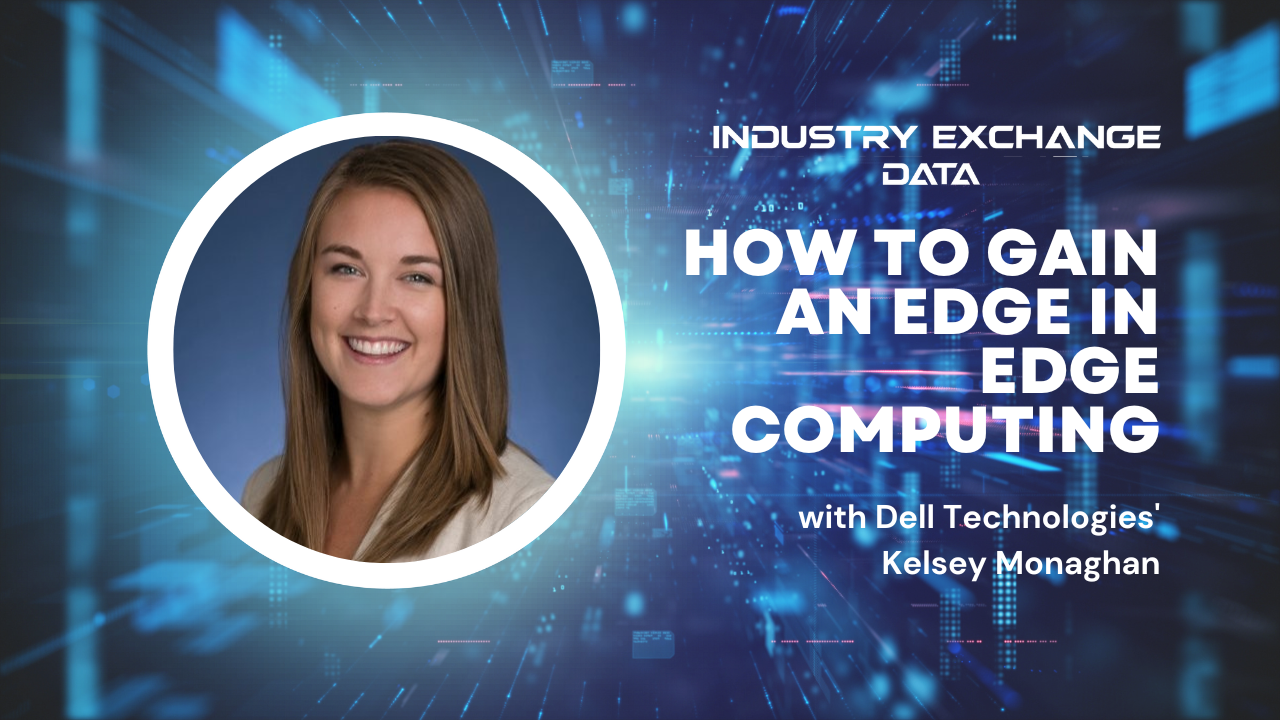In recent years, edge computing has become a much-discussed element of federal IT infrastructures. But what is edge computing?
For one thing, the word means a lot more than a little data center somewhere out there. In fact, many interrelated elements make up edge computing, said Kelsey Monaghan, head of federal strategic programs and partnerships for cloud and edge at Dell Technologies.
He described edge as a continuum defined as edge to core to cloud…
TO KNOW MORE
In recent years, edge computing has become a much-discussed element of federal IT infrastructures. But what is edge computing?
For one thing, the word means a lot more than a little data center somewhere out there. In fact, many interrelated elements make up edge computing, said Kelsey Monaghan, head of federal strategic programs and partnerships for cloud and edge at Dell Technologies.
He described the edge as a continuum defined from edge to core to cloud and made up of different layers. Sensors and Internet of Things devices define the outermost limit, together with so-called operational technology, such as industrial control systems. The next level could be computers that aggregate the data captured by those sensors, as well as process and analyze the data locally.
But edge architecture discussions must also include the telecommunications links that connect edge facilities to an agency’s data centers or the cloud, Monaghan said during Federal News Networks Industry Exchange Data.
As agencies look to reduce application latency, they may also be considering what Monaghan has termed the cloud edge. The edge cloud consists of computers designed to replicate commercial cloud service providers (CSPs) but operating in a compact form factor that is geographically close to users, perhaps in austere wartime or post-disaster environments.
Edge usage varies based on mission needs
Monaghan said the applications of edge computing vary as much as the missions of agencies using the edge.
For example, we’re seeing tremendous collaboration and investment in the healthcare space, Monaghan said, as healthcare agencies develop new delivery models like telehealth. Across government, we’re also seeing research really drive that two-way, edge-to-cloud discussion as we look at normalizing data from the edge into those aggregation points, she said.
Needs at the edge are driving federal agencies to collaborate in the design, construction and configuration of edge computers. Partners include both original equipment manufacturers and cloud service providers, who provide colocation. Agencies can benefit from a project once, build the model repeatedly, Monaghan said.
In an industry partnership, those repeatable partnerships can provide time to value those systems of systems, he said. For example, Dell is working with the Department of Defense on federated learning environments that follow the edge-core-cloud continuum model.
Edge devices are customized to meet the space, weight, power and ruggedness requirements required by the DoD, he said. Devices, which have a variety of specific form factors, connect to CSPs through the telecommunication layer of the edge model.
Edge computing requires stability and agility
Building hardware and installing it on military platforms or moving it into vehicles might seem antithetical to the cloud proposition that agencies break out of the capital expenditure model and need to upgrade hardware every three to five years.
But Monaghan said that in extreme situations, stable hardware and configurations can be a virtue.
There’s also some value in staying constant at the limit, he said. Some of the edges we see within federal space today don’t have the same benefit from constant lifecycle updates. There are some challenges, for example in the satellite community, where we prefer consistency over constant updates.
Monaghan said a critical element is security. You said Dell and others in the IT industry are focusing hard on this issue, not just as a zero trust approach, but also to protect the edge and govern to the edge.
He added, “Physical security continues to be top of mind for mission space, as does data sovereignty.” Both can be supported through an edge-by-design or cloud-by-design approach, keeping those constraints or requirements in mind.
As with any IT investment, agencies should approach edge computing with the mission in mind and armed with robust requirements, Monaghan said. Having that scope, or that breadth, in mind can really allow you to leverage your partner ecosystem more effectively.
Check out all the sessions from Federal News Networks Industry Exchange data on ours event page.
#Industry #Exchange #Data #Edge #Computing #Edge #Federal #News #Network
